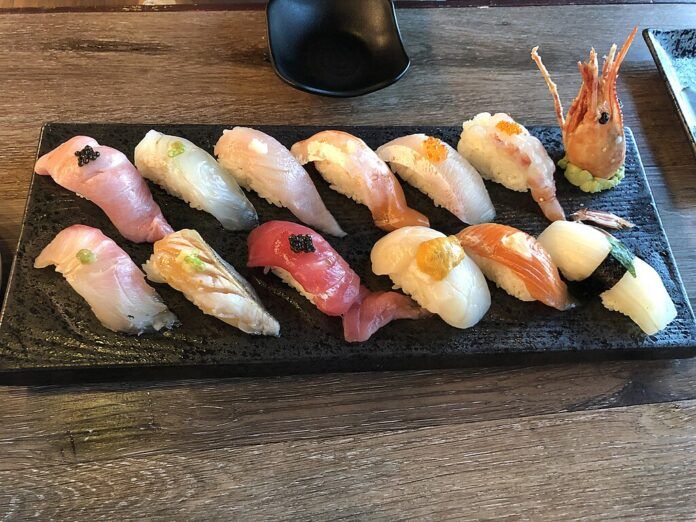Debate ignites over gender-based portion sizes in high-end dining
A recent dining experience at a two-star Michelin restaurant in New York has sparked a heated debate on social media after Brooklyn-based filmmaker and food influencer Luis Carlos Alvarez Zaragoza alleged that the only woman in his group was served smaller portions. Zaragoza, who has dined at Sushi Noz six times, described this visit as his ‘worst experience’ at the establishment, which charges a hefty $700 per person with a wine pairing.
In a TikTok video that has drawn widespread attention, Zaragoza voiced his disappointment with the wine pairing and the perceived disparity in portion sizes. He noted that it is common in some places for omakase (a Japanese meal consisting of dishes selected by the chef) to offer smaller portions to women, but he argued that if the price remains the same, everyone should receive equal amounts.
Embed from Getty ImagesThe claim has divided opinions online, with some users expressing outrage at the alleged gender-based discrimination, while others suggest that the practice might be a tradition or a misunderstanding. One user commented that smaller portions are usually in terms of rice, not fish, and that they personally prefer it that way to enjoy more pieces. Another pointed out that if the reduced portion size is based solely on gender, it is unacceptable.
Sushi Noz responded to the controversy, stating that it is customary to offer first-time guests the option of smaller rice portions before the sushi section of the menu begins, to ensure they can enjoy the full omakase experience without becoming too full. The restaurant emphasized that this offer is made out of consideration for the guest and can be declined. They also mentioned that cultural and language barriers can lead to misunderstandings, and this is the first time they have encountered such an interpretation of their actions.
As the debate continues, the incident has highlighted the complexities of maintaining traditional practices in a modern, diverse society and the importance of clear communication in the dining experience.
